
No Mow March: Homeowners Associations
Designing or modifying a landscape to encourage pollinators does not have to be odds with homeowner association landscaping rules. Here are a few ways to make your property attractive to pollinators, even if you have association covenants to follow. Download the HOA Pollinator Tips.
Container Gardening
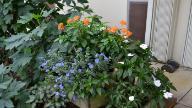 Growing flowering plants in containers helps to keep a neat look while adding beauty to a landscape bed or porch area. Many of the flowering annuals and perennials you may choose for the container will serve as a food source for pollinators.
Growing flowering plants in containers helps to keep a neat look while adding beauty to a landscape bed or porch area. Many of the flowering annuals and perennials you may choose for the container will serve as a food source for pollinators.
Utilizing Flowering Shrubs
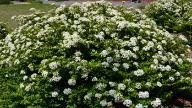
Do Not Apply Insecticides in March
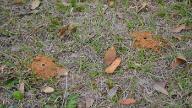 Native ground nesting bees take advantage of dormant turf in spring to raise young in the ground. These pollinating bees are not aggressive and do not harm turf. Skipping insecticide treatments to turf during March helps protect these native bee pollinators!
Native ground nesting bees take advantage of dormant turf in spring to raise young in the ground. These pollinating bees are not aggressive and do not harm turf. Skipping insecticide treatments to turf during March helps protect these native bee pollinators!
Add a Pollinator House
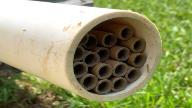 If you are not able to leaves a few hollow plant stems standing in your perennial plant clumps, consider adding a pollinator house. Several native bees will use artificial tubes if their specifications are met. You must be willing to clean or replace the house nesting materials every couple of years for the health of the native bees. UF's Pollinator Hotels information will help guide you on construction and care of a pollinator house.
If you are not able to leaves a few hollow plant stems standing in your perennial plant clumps, consider adding a pollinator house. Several native bees will use artificial tubes if their specifications are met. You must be willing to clean or replace the house nesting materials every couple of years for the health of the native bees. UF's Pollinator Hotels information will help guide you on construction and care of a pollinator house.
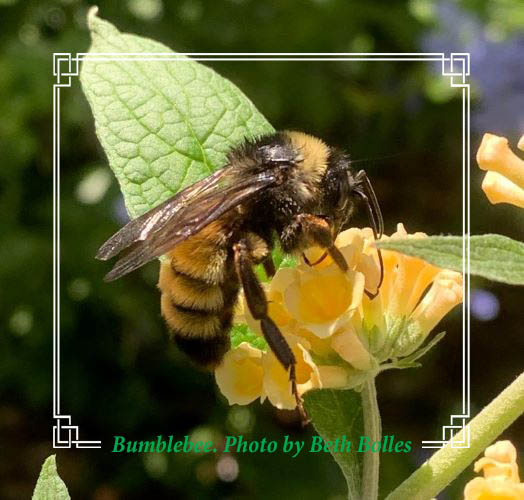
Make Your Commitment!
Sharing in our commitment to protect pollinators
This will also offer you the opportunity to join our online group through Inaturalist to share photos, pollinator sightings, and your practices. When you upload a photo, it will be entered in our contest to win prizes associated with the No Mow theme.
Take a pictures of pollinators you see, weeds and wildflowers in your landscape, or practices you are using to help pollinators.